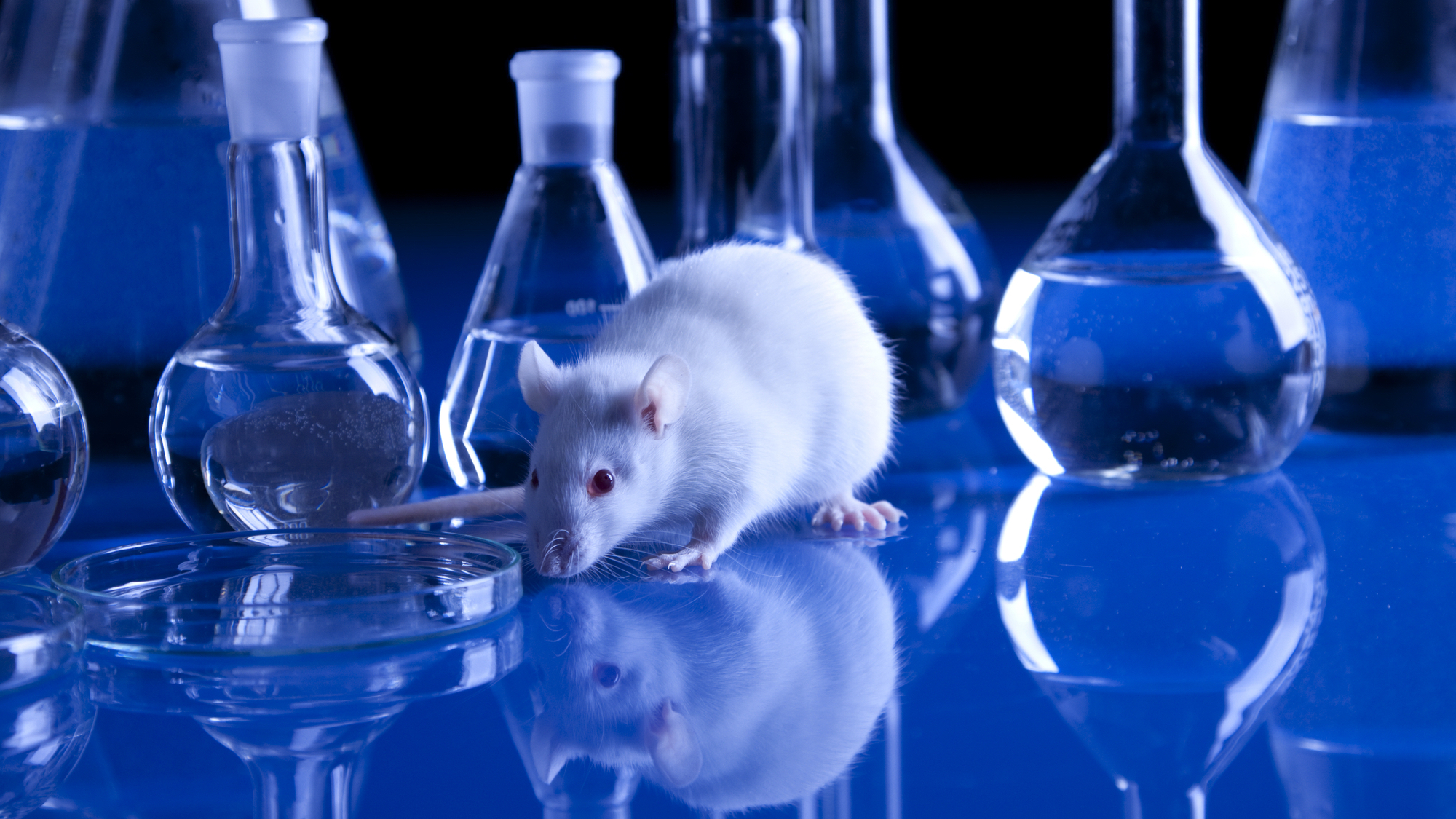

If you give a mouse a video game, scientists can learn quite a bit about the mind. More specifically, mice playing virtual reality video games have helped researchers locate the brain circuitry that is likely responsible for filtering which daily experiences make it into our long-term memory. While there is still far more to investigate, neuroscientists are confident the rodents’ recreational activities have pinpointed key processes and locations involved in memory making.
As detailed in a new report published today in the journal Cell, a team of scientists at Rockefeller University constructed a virtual reality corridor projected in front of mice as they ran atop a rotating Styrofoam ball to control their directions. The test animals received one of three outcomes at the end of their digital journey: unlimited sugar water from a spout, a limited amount of the sweet reward, or a tiny, painless-but-annoying air puff to the face.
During each run, sensory cues in the form of visual, auditory, and aromatic stimuli prefaced each outcome, gradually teaching the mice what to anticipate at the culmination of each trek down the corridor.
[Related: An experimental AI used human brain waves to regenerate images.]
Once the mice learned which cue anticipated which result, the team tested their ability to remember these external hints over the course of several weeks. During that period, scientists experimented with stimulating and inhibiting the hippocampus and anterior thalamus—while the former is traditionally associated with memory retention, the latter is not. Limiting the abilities of the hippocampus using chemogenetic inhibition showed that the mice had trouble remembering the VR maze’s causes and effects, even in the short-term; doing the same with the anterior thalamus, however, did not. That said, inhibiting the anterior thalamus displayed limitations on mice’s long-term memory abilities, and stimulating this part of the brain actually improved this feat.
The observations proved especially impressive for maze outcomes resulting in only a small amount of sugar water, a reward mice usually forgot more quickly than the unlimited treat access. Researchers found that the thalamus stimulation helped mice remember what should have been a less memorable experience.
[Related: These eight scientists have changed the world with biomedical and global health research.]
“We’ve identified a circuit in the brain that is important for identifying which memories are important and how they are filtered into longer-term storage,” said Rockefeller graduate student Andrew Toader, one of the study’s co-leads, in a statement. “As soon as the mice begin learning a task, the thalamus is performing this selection process and choosing which memories will go on to be stabilized in the cortex long-term.”
Going forward, researchers hope to determine if factors like adrenaline or dopamine aid thalamus in determining memory retention. Additionally, they hope to discover whether or not the memory stabilization process occurs in a short period of time, or continuously over one’s entire life.
